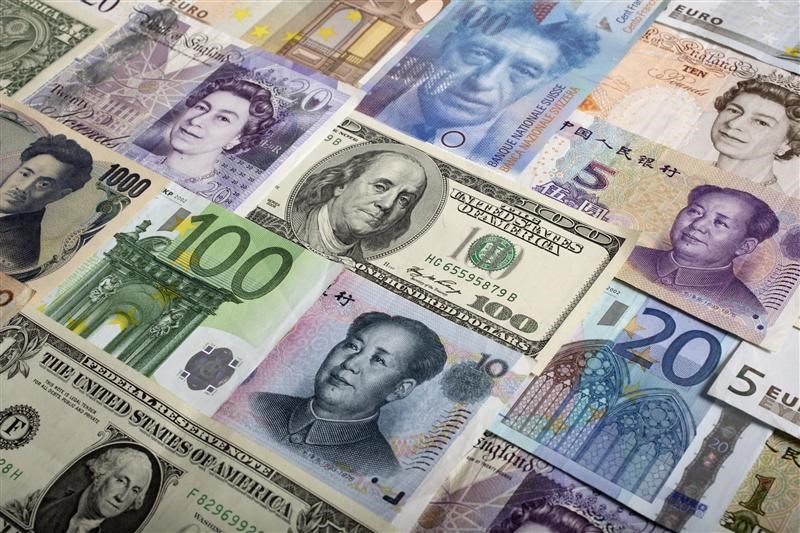The US dollar has remained steady as markets digested rising geopolitical risks in the Middle East and awaited further US economic data.
The stability comes despite a general move toward safe havens in currency markets, which has not resulted in a significant reduction in risks, HSBC noted in a note released Wednesday.
Domestic factors in other countries have reduced the appeal of their currencies as a safe haven. For example, Japanese officials have advised caution on interest rate hikes, and the governor of the Bank of Japan highlighted ongoing global economic uncertainties.
In Europe, the European Central Bank (ECB) hawks have remained silent, in line with market expectations of a possible interest rate cut in October. The ECB’s Kazakhs acknowledged the likelihood of a rate cut given the pronounced economic risks, although he said it is premature to conclude that inflation has been fully addressed.
Despite these mild signals, the eurozone unemployment rate remained stable at 6.4% in August. Market participants are now looking to the ECB’s Isabel Schnabel for clues as to whether she can deliver on the market’s muted expectations.
The Swiss National Bank (SNB) has indicated its reluctance to allow the Swiss franc to strengthen, with new President Martin Schlegel suggesting the use of policy rates and possible interventions in the currency market.
Schlegel also noted that risks to Swiss inflation are more to the downside, meaning negative interest rates cannot be ruled out. This stance could impact the franc’s role as a safe haven, potentially making the US dollar or gold more attractive in times of heightened risk aversion.
In the United States, mixed signals have emerged from the labor market, with the JOLTS data showing an increase in vacancies, while the ISM manufacturing survey indicated a decline in the employment component. The market is now anticipating the release of ADP’s private salary estimate, with a consensus forecasting an increase of 125,000 in September.
This data, along with upcoming speeches from Federal Reserve officials, could influence expectations for the November meeting of the Federal Open Market Committee (FOMC), where a 25 basis point rate cut is fully priced in, with a chance of 40% on a cut of 50 basis points. .
Finally, Moody’s (NYSE:) upgraded the outlook for Brazilian government bonds to Ba1, one notch below investment grade, while the outlook remained positive. This reflects strong growth and structural reforms in Brazil, including upcoming tax reforms, which could contribute to long-term growth. Despite acknowledging fiscal problems, Moody’s expects Brazil’s public debt to stabilize at around 82% of GDP in the medium term. This upgrade could contribute to a decline in the USD/BRL exchange rate, in line with Moody’s year-end target.
This article was produced with the support of AI and reviewed by an editor. For more information see our General Terms and Conditions.


